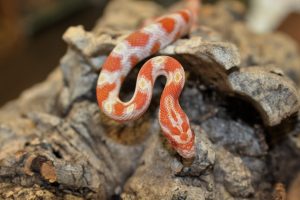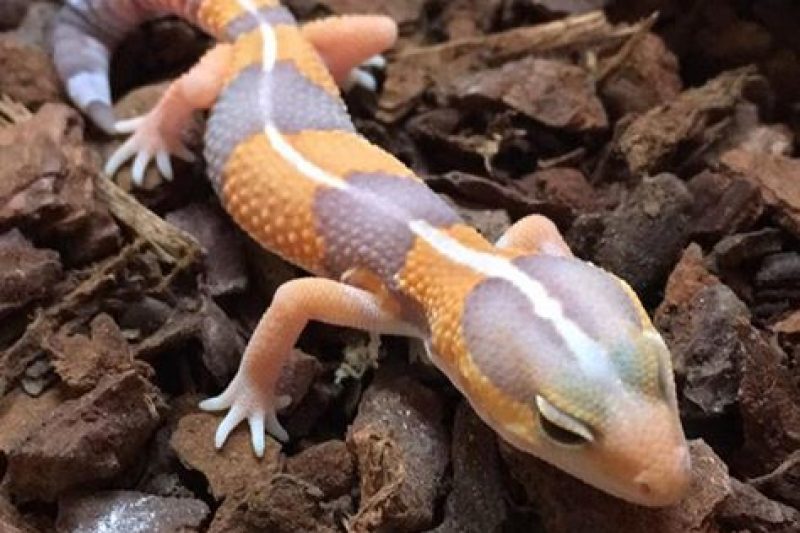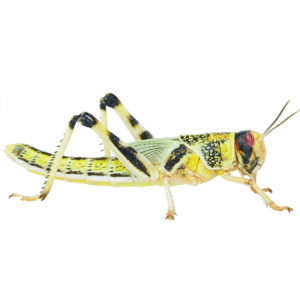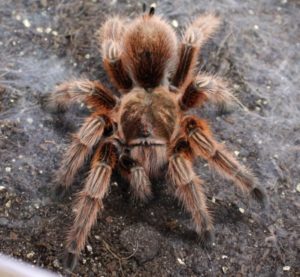
New Pet Owner’s Responsibility Guide
Welcoming a reptile into your home is exciting, but it also comes with important responsibilities. Here are key reminders to help you provide the best

As I type this we are in the grip of one of our sporadic summer heatwaves. And as usual, it’s caught us all on the hop!
We are getting quite a few panicked phone calls from customers to our reptile shop whose vivaria temperatures are going through the roof, wondering what to do about it, and worried that their pet will be adversely affected.
Well, first the bad news. YES, overheating can be deadly. Too much heat will kill much, much more quickly than cold will.
But all is not lost! There are things you can do to ensure your pet’s safety in these trying times.
If possible, move the whole thing to a cooler room. The lights and heaters will work, and it is so very much easier to warm things up than cool them down!
Turn all heaters and lights off if they are not already on thermostats. Your lizard will survive not having UV for a couple of days.
Especially important if your vivarium is in the line of direct sunlight, as temperatures can rocket to deadly levels very, very quickly. Sometimes just making the room a little more shady will suffice.
Although they don’t cool the air down – just move it about – they can be very effective when they move air across glass. This can act like a heat exchanger, and cool the air inside the vivarium. But do be careful not to put your pet in a draught.
As it evaporates it will lower the temperature; although it will go up again once the viv has dried out, this can be a very effective way to drop a few degrees quickly. ProRep Hand Sprayer
If your vivarium has a mesh roof, bottles of frozen water or freezer blocks can be placed on top of the mesh. Cool air will drop through, as will a little condensation. Do not put the blocks inside – you don’t want your animal to come into direct contact with them.
If you have a large water bowl you can float ice in it – the cool water will help to reduce very high temperatures. This does not last very long, however; you can use freezer blocks instead. Just try and make sure that there can be no contact between your pet and the ice/freezer block.
Especially when used in conjunction with a fan, this method can be very helpful. The air blowing across the fan evaporates the water, which cools the towel; obviously, this works better on a glass vivarium than wooden one! However, you can use this method with a wooden viv as long as the damp towel is draped across the glass doors.
If you have a wooden vivarium but need to get the temperature down this can really help; wrap the bottle or block in an old towel and put it on the floor of the vivarium. It is vital that the towel covers the whole item so your pet cannot come into direct contact with it.
If you are using a soil based substrate, damp it down. The top will dry out quite quickly, but there will often be a cooler damp layer beneath it. In the wild, this is how many animals escape the worst heat of the day; they dig down to this damp layer, and wait for the night time temperature drop. Moss boxes/humid hides serve much the same purpose.
By far the best way! If all your reptiles are in one room, then it might be worth buying one of the small domestic air conditioning units. Not the cheapest things to run, but you can be sure that your pets won’t overheat.
So how can you tell if your pet is too hot? Well, reach for your trusty digital thermometer! It might be that the temperature is on the high end of normal for the species you keep; as a species we are dreadful at estimating temperature, and what is uncomfortable for us might be just fine for your bearded dragon. Even more than usual, keep an eye on your temperatures – at night as well as during the day. It might be that your efforts to cool your vivarium work so well that the temperature drops too low at night!
Double check what temperatures your pet needs, and check what you’re actually getting. Salamanders will be in trouble quite quickly, but uromastyx and tortoises love it at a much higher temperature!
If your animal does overheat, the symptoms can be quite alarming. Lizards will gape, try to hide in the coolest area, may become aggressive, and can even have fits in really bad cases. Snakes will ‘stargaze’, a behaviour usually associated with serious disease – the snake will lift and tip its head backwards, as though looking up at the sky. They will also corkscrew aimlessly, and can also have fits.
This is an emergency, and you should get to your local vet as soon as possible. Ideally a reptile specialist, but any vet will be able to help you in an emergency like this.
First aid measures include soaking in cool (NOT COLD) water. If you use cold water the blood vessels closest to the surface will constrict, drawing blood down into the core of the animal where it will not cool down at all. Cool water will gently lower the temperature of the blood closest to the surface, which will be carried to the brain and other major organs.
(This is true for all animals – ice water is positively dangerous in an overheating situation!)
Try and get your reptile to drink. Most will drink the water they are soaking in, and there are reptile-specific electrolyte mixtures available that will really help. Get them to drink, and get them to a vet if they won’t ingest fluids.
No, there is no truth in the internet ‘fact’ that reptiles drink through their skin – it’s even more waterproof than ours is! – or through their vents. Yes, if you get fluids right up into the lower intestine they will absorb it, but the passive process of having their bottoms in water will not make a blind bit of difference. Yes, amphibians can absorb water (and oxygen) through their skins, but even they need to drink.
Being sprayed with water will stimulate them to drink, and some reptiles actually have scales that will channel the water towards their mouths.
Hyperthermia (too much heat, as opposed to hypothermia, which is too little) is a killer. But be prepared, follow these instructions, and you and your reptile can enjoy the heat safely!
For more reptile care advice, visit our reptile care hub here.

Welcoming a reptile into your home is exciting, but it also comes with important responsibilities. Here are key reminders to help you provide the best

Calling all reptile keepers and bug lovers! Stock up and earn rewards every time you purchase live foods in-store. 🦗 Get 50 Bonus Points When

Welcome to Evolution Reptiles’ guide to tarantula care! Whether you’re a seasoned arachnid enthusiast or just starting your journey into the fascinating world of these
Copyright 2021 Evolution Reptiles
All rights reserved.